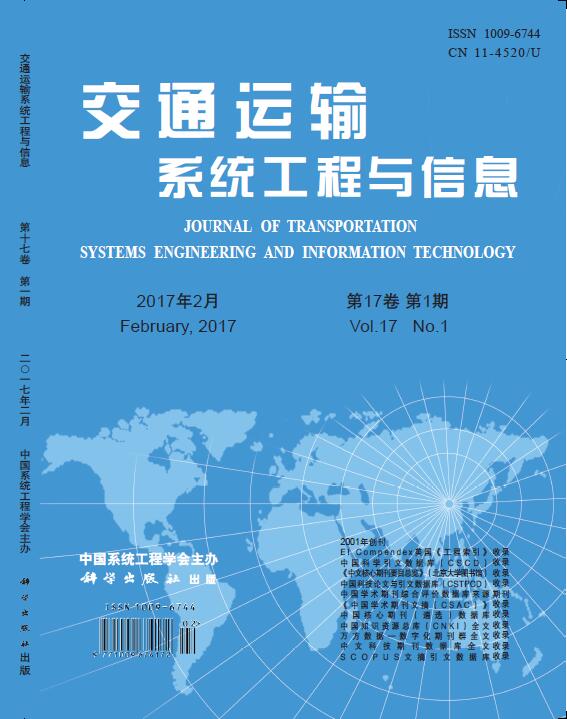Based on the imbalance between supply and demand which is common in current city agglomeration transportation, to research each feedback relation between traffic supply and demand, and reveals the dynamic relationship of them, this paper construct a non-equilibrium model of city agglomeration between traffic supply and demand. Firstly, According to the relationship between traffic supply and demand of city agglomeration, the connotation, research category and manifestation of city agglomeration traffic supply and demand balanced are cleared. Besides, the problem of city agglomeration transportation is divided into three aspects, which are the relation in single city of city agglomeration, the relation between city and city both of city agglomeration, and the relation between city agglomeration and outside, the computational method of traffic supply and demand of the city agglomeration are researched, according to the mechanism of the interaction of the two, a non-equilibrium model of city agglomeration between traffic supply and demand are constructed. Finally, according to the theory of stability of differential equation to solve this model, the balance conditions of traffic supply and demand are put forward, and an instance of Hubao’e agglomeration is given to verify the effectiveness and scientific nature of the model.


